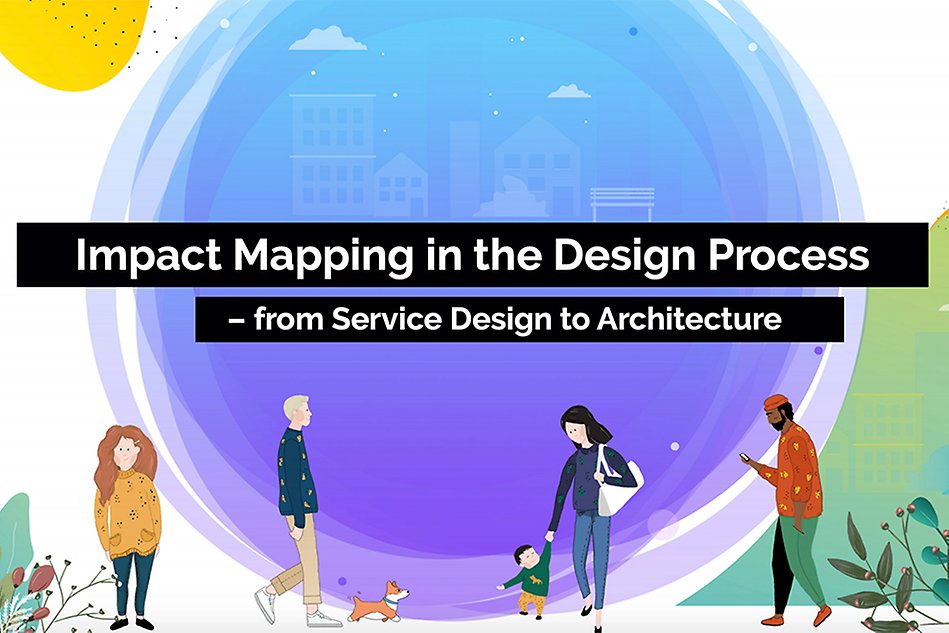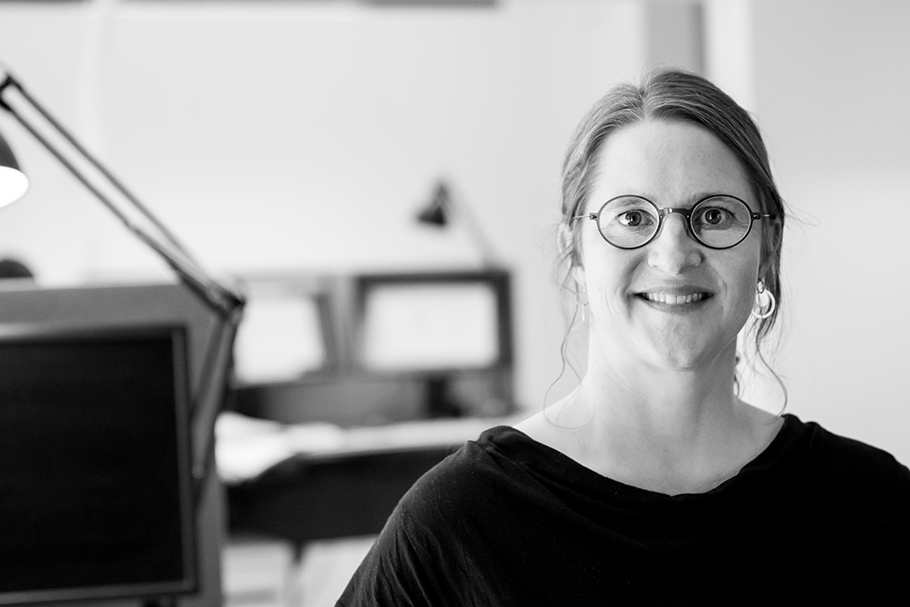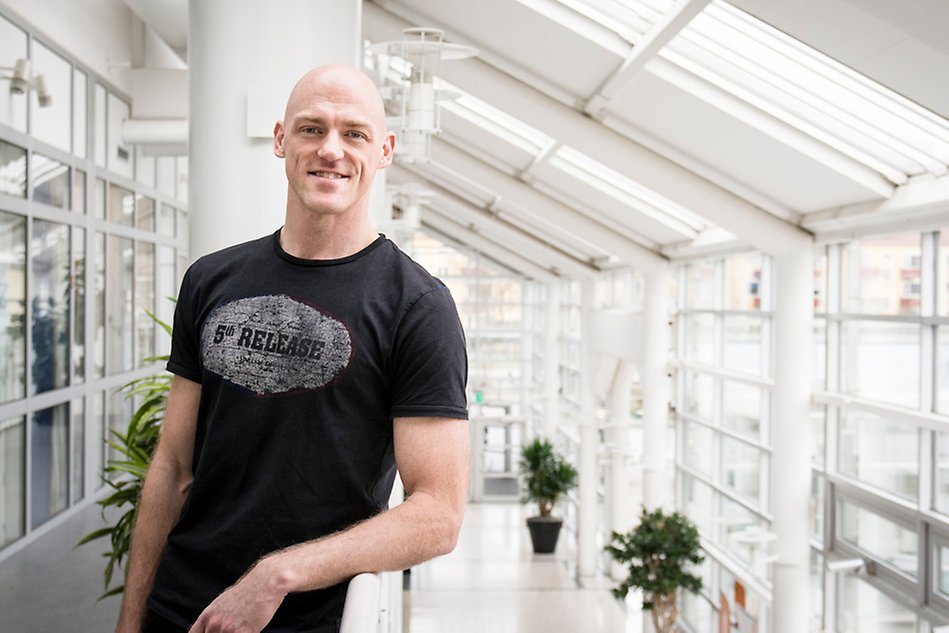Human-centred design – a new guide for architects
Service design researchers at Halmstad University have together with Krook & Tjäder Architects created a guide on how architects can work in a more human-centred way. The guide gives architects tools and methods to better be able to design new houses and urban districts based on the needs and requirements of the citizens.
“The guide is called 'Impact mapping in the design process – from service design to architecture' and is a tangible tool for all architects in the development of future smart cities. It is easily applied to their work and free to use”, says Pontus Wärnestål, Associate Professor at Halmstad University and an expert within Service Design.

The guide "Impact mapping in the design process – from service design to architecture" is a tool for all architects in the development of future smart cities. The guide is written by Pontus Wärnestål, Halmstad University, and Lina Lindegren, Krook & Tjäder Architects.
“Impact mapping in the design process” is a result of what is known as an action research project where Pontus Wärnestål has actively taken part in the work of Krook & Tjäder. The project is called Participatory Urban Design (PUD) and was completed in the fall of 2019. Its purpose was to investigate how methods and tools that are usually used within service design of digital solutions, can be applied to the design of new physical environments. An example of such a method is impact mapping, which is a type of analysis of behavioural patterns and needs of the target group. The mapping is based on in-depth interviews with the target group, which in the architect’s case consist of different groups of residents in a building, or inhabitants of an urban district.
“The guide is very useful in our work since it is pedagogically showing us how we can create a vision of future accommodation in an area or urban district and connect it to how that area is designed. That makes the proposal clearly connected to the wishes and needs of the residents”, says Lina Lindegren, landscape architect at Krook & Tjäder in Halmstad.

Lina Lindegren, landscape architect at Krook & Tjäder in Halmstad.
Co-creation across disciplines
Participatory design and action research permeated the project to such an extent that Lina Lindegren and Pontus Wärnestål decided to write the guide together.
“During the project, we noticed how incredibly beneficial it was for our disciplines to interact and how they mutually developed. The guide is an excellent example of co-creation. Scientifically, the project has evidently shown that it is possible, and positive, to apply service design methods in other disciplines”, says Pontus Wärnestål.
Several ideas for research articles reporting the work are planned in the near future, and Pontus Wärnestål is continuing to work interdisciplinary.

Pontus Wärnestål, Associate Professor at the School of Information Technology, Halmstad University.
Research on how environments affect our health
The research project was funded by the Knowledge Foundation and has been one of many projects where the importance of physical and social environment to people’s health has been studied. The research project was led by Jens Nygren, Professor of Health Innovation at Halmstad University.
“Knowing the importance of the physical environment itself, and the activity and social relationships that take place there, for people’s health, it is important to develop methods that enable people to influence how those environments are designed. In this, the PUD project has been ground-breaking, and I hope that the developed method will be used when designing urban environments of the future”, says Jens Nygren.
Text: Louise Wandel and Linnéa Andersson
Illustration: Caroline Karlsson
Photo: Krook & Tjäder and Joachim Brink
More information
The guide “Impact mapping in the design process – from service design to architecture” is written by Lina Lindegren, landscape architect, and Pontus Wärnestål, Associate Professor at Halmstad University. The guide is graphically designed by Caroline Karlsson, and the example with a ’locally grown’ refrigerator in the guide is designed by Britta Teleman – both current Project Assistants at the School of Health and Welfare at Halmstad University.



